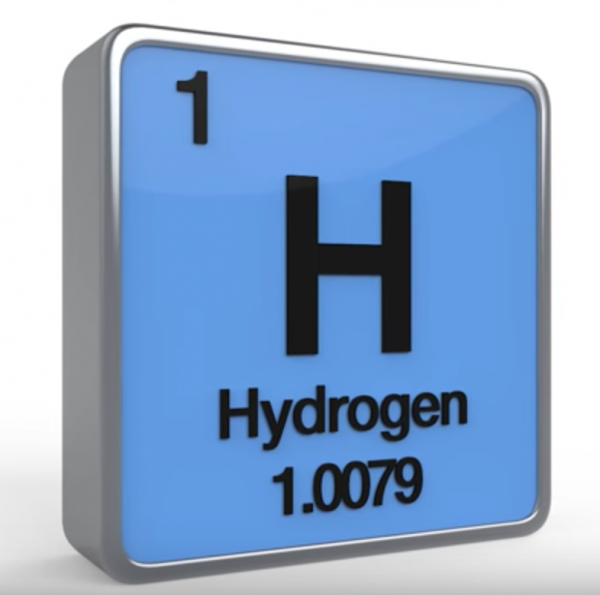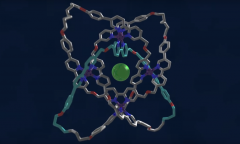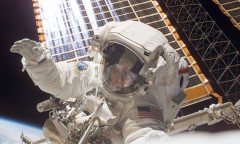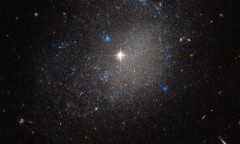By Vishal Goel, | January 15, 2017

The newly created negatively charged hydrogen clusters existed only for a few moments. (YouTube)
Austrian physicists have created negatively charged hydrogen clusters, a previously unseen form of hydrogen. The existence of hydrogen in ion clusters has been known for the past forty years, and positively-charged clusters have already existed. But by injecting cold liquid helium droplets with hydrogen before exposing it to an electron beam, the researchers created negatively charged hydrogen ions.
Like Us on Facebook
Positively Charged Hydrogen Clusters
To understand negatively charged hydrogen clusters, one first needs to understand their counterparts - positively charged hydrogen clusters. Clusters of a few or many hydrogen molecules are known simply as hydrogen ion clusters. They form at very low temperatures and can contain as many as 100 individual atoms.
How Were Negatively Charged Hydrogen Clusters Created?
The team of physicists, led by Michael Renzler from the University of Innsbruck in Austria, first injected cold liquid helium droplets with hydrogen molecules to form clusters with a neutral charge.
Next, they exposed these hydrogen-infused droplets to an electron beam. This caused some hydrogen molecules to ionize, and be flung out into the surrounding vacuum as negatively charged hydrogen ions.
Soon, the nearby hydrogen molecules started clustering around the negatively charged ions to create negatively charged hydrogen clusters that could boast a few, or many molecules each.
The newly created negatively charged hydrogen clusters existed only for a few moments - several microseconds (1 microsecond = 0.000001 seconds). But that was enough time for the team to determine their geometric structures, The Guardian reported.
Why does all this matter?
Researchers have suspected for years that large hydrogen clusters could form naturally in outer space. Now that they know that negatively charged hydrogen clusters are not impossible, it would be easier to identify the clusters in nature.
The research has been published in Physical Review Letters.
-
Use of Coronavirus Pandemic Drones Raises Privacy Concerns: Drones Spread Fear, Local Officials Say

-
Coronavirus Hampers The Delivery Of Lockheed Martin F-35 Stealth Fighters For 2020

-
Instagram Speeds Up Plans to Add Account Memorialization Feature Due to COVID-19 Deaths

-
NASA: Perseverance Plans to Bring 'Mars Rock' to Earth in 2031

-
600 Dead And 3,000 In The Hospital as Iranians Believed Drinking High-Concentrations of Alcohol Can Cure The Coronavirus

-
600 Dead And 3,000 In The Hospital as Iranians Believed Drinking High-Concentrations of Alcohol Can Cure The Coronavirus

-
COVID-19: Doctors, Nurses Use Virtual Reality to Learn New Skills in Treating Coronavirus Patients










